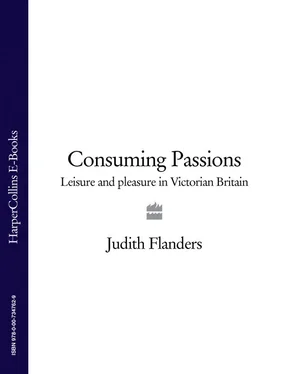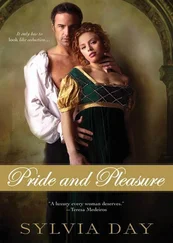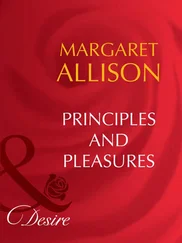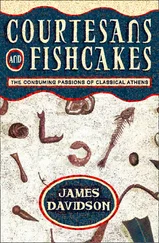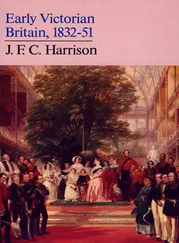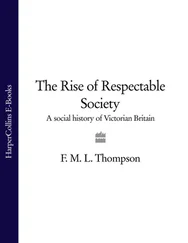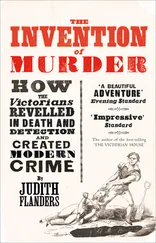By the end of the eighteenth century a change had taken place in some clubs. They became more tightly organized, with more rules, more organizers; they began to link themselves to other clubs with similar interests, for a less localized, more national sense of themselves; and many began to look at questions of social cohesion and discipline. Now it was not simply members whose behaviour was to be regulated by the rules of the organization: those members wanted in turn to regulate the behaviour of others. Charitable bodies, religious and civilreform societies all were set up in the coming years. A number of causes can be attributed to this shift: a series of bad harvests that led to hunger in the country, an influx of jobless immigrants into the cities, and fears of civil unrest; the beginning of the French wars after the fall of the Bastille in 1789; the continued rapid urbanization of society, which brought like-minded men into close proximity with each other, and also with those who were less blessed by worldly goods; the rise of Methodism and Dissenting faiths—all these forces joined together to produce a group of men who thought reform was desirable, and possible.
This may appear to be a long way from the Great Exhibition, but it was in Rawthmell’s Coffee House, in Covent Garden, that the first meeting of what ultimately became the Royal Society of Arts, the Exhibition’s spiritual parent, took place nearly a hundred years before, in 1754. The minutes of the ‘Society for the Encouragement of the Arts, Manufactures and Commerce’ preserve the reforming zeal of its founders. 9The driving force was William Shipley, a drawing master and brother of the Bishop of St Asaph, who had published his intentions in a pamphlet entitled Proposals for raising by subscription a fund to be distributed in Premiums for the promoting of improvements in the liberal arts and sciences, manufactures, & c . At the first meeting of ‘noblemen, clergy, gentlemen and merchants’, the members considered
whether a reward should not be given for the finding of Cobalt in this Kingdom…It was also proposed to consider whether a Reward should not be given for the Cultivation of Madder in this Kingdom…It is likewise proposed, to consider of giving Rewards for the Encouragement of Boys and Girls in the Art of Drawing; And it being the Opinion of all present that ye Art of Drawing is absolutely Necessary in many Employments Trades, & Manufactures, and that the Encouragemt thereof may prove of great Utility to the public…
Their brief for prizes for ‘improvement’—that is, innovation—included industrial design and technological and scientific discoveries, as well as those things we now consider to fall more naturally into the domain of ‘art’. The cash premiums suggested for early prizes were considerable: £30 for the discovery of deposits of ore that contained cobalt (which produced a blue pigment that, before the creation of synthetic dyes in the nineteenth century, was impossible to reproduce), and for the successful cultivation of the Rubia tinctorum plant for the production of madder (again for use in dyeing). There were to be two winners of the drawing prize—one for those under fourteen, one for fourteen-to-seventeen-year-olds. *Each was to receive £15. At this time journeymen workers in the arts received weekly wages ranging from 3 to 6 guineas for a drapery-painter, to £1 10 s. for an engraver, down to 15 s. a week for a gilder, or 10 to 12 s. for a colour grinder 10. By 1758 the RSA was funding further prizes, for designs for weavers, calico printers, cabinet- and coach-makers, as well as workers in iron, brass, china, earthenware or ‘any other Mechanic Trade that requires Taste’.
The Society’s committee used the burgeoning daily press to promote its premiums, placing an advertisement in the Daily Advertiser . The prizes were eagerly competed for, and by 1785 nearly twenty entries had been received for premiums for improving the madder dyeing procedure. There had been a number of attempts to shorten and simplify this complex process. Madder produced a turkey-red colour, but only after the fabric to be coloured had been soaked in successive baths of lye, olive oil, alum and dung, then steeped in a solution of the madder dye, then taken through a final ‘brightening’ process. It took weeks to turn out a single batch of dyed fabric. John Wilson, a dyer in Manchester, won a premium in 1761 for producing the best red; then he gained another prize in 1763 for making it even brighter. Others entered with methods to lessen the time the process took, or to lower the cost, or to reduce the number of soakings needed. 11
The level of interest in ‘improvement’ throughout society was reflected in the RSA’s membership. Within a few years the numbers belonging to this once clubby club had spiralled up to 2,500, mainly composed of the upper reaches of society, as evinced by a minimum subscription of 2 guineas (with a request for 3 if possible, while peers were expected to live up to their station by paying 5 guineas. Life membership was 20 guineas). The club was for the benefit of the lower orders, but they were not expected to be members. Less than a decade after William Shipley’s crusading pamphet the club’s annual income had risen to more than £4,500, and in that first decade total receipts came to more than £22,000, of which £8,496 had been spent on prizes, £3,507 on special grants, and £291 on art exhibitions. Subcommittees had been set up for agriculture, chemistry and the ‘polite arts’ (that is, drawing, modelling, etching, medallion- and cameo-making), as well as for manufacturing, technology and for matters relating to the colonies and to trade, and were distributing prizes in their own fields.
But the first run of popularity could not be sustained, and by the 1840s the Society was losing members. It was re-formed first as the Society of Arts, and then, in 1847, as the Royal Society of Arts. It began once more to mount exhibitions, this time as a money-making exercise. In 1844 Prince Albert became the club’s president, but when the secretary, Francis Whishaw, attempted to interest him in an annual exhibition, of which he would be patron, he responded in a very non-committal fashion. Whishaw ploughed ahead nonetheless, and put together a committee that included Francis Fuller, Charles W. Dilke and Robert Stephenson. Except for Henry Cole, who was yet to appear on the scene, the men who were to become the prime movers of the Great Exhibition were now all in place.
It was generally agreed by successful middle-class men of taste that the main problem for industry and manufacture in general was the lack of an equivalent level of taste in the consumer to whom the resulting goods were being sold. Rather than producing goods to suit low tastes, they saw it as their job to improve the taste of the common man. The 1847 catalogue for an exhibition held by the Society spelled out their views:
It is a universal complaint among manufacturers that the taste for good art does not exist in sufficient extent to reward them for the cost of producing superior works; that the public prefers the vulgar, the gaudy, the ugly even, to the beautiful and perfect.
We are persuaded that, if artistic manufactures are not appreciated, it is because they are not widely enough known. We believe that when works of high merit, of British origin, are brought forward they will be thoroughly appreciated and thoroughly enjoyed. We believe that this exhibition, when thrown open gratuitously to all, will tend to improve the public taste. 12
Even before this catalogue appeared, Henry Cole was on board and was already a prime mover in these improving exhibitions. He had joined the society only two years before, after designing a tea service as a prize submission under the pseudonym Felix Summerly. His submission had received the ultimate accolade: a prize, the commercial manufacture of his design, and, further, the purchase of the original service by Prince Albert. Cole was one of those Victorian powerhouses who produced so much, in so many fields, that it is hard to know when he slept. After a humble beginning as one of several clerks in the Record Commission, a junior civil-service post, he fell out with his superior over his pay. Instead of resigning, he promptly exposed his department as a haven for corruption and sinecures. After a lengthy investigation, Parliament found that he was in the right and in 1838 he was reinstated in the department at a more senior level. That same year he was seconded to help Rowland Hill with the creation of what shortly would become the new penny postage system. In the 1840s Cole became even busier: he designed what was probably the first Christmas card (see pp. 483—7); he wrote guidebooks to various tourist sights, including the National Gallery, Westminster Abbey and Hampton Court; as Felix Summerly he began to design domestic wares for manufacture; he wrote children’s books which from 1841 were published as the Home Treasury and were illustrated by the leading illustrators of the day; he designed for manufacture children’s toys that included building blocks, ‘geometrically made, one-eighth of the size of real bricks; with Plans and Elevations’, a ‘Tesselated Pastime’ that was ‘formed out of Minton’s Mosaics with Book of Patterns’, and, what may have been the first paintbox for children, a ‘Colour Box for Little Painters’, which, it boasted, held ‘the ten best colours; Slabs and Brushes; Hints and Directions and Specimens of Mixed Tints’. 13In his spare moments he contributed regularly to several periodicals, carrying on his various reforming campaigns in the press and by pamphlets.
Читать дальше
